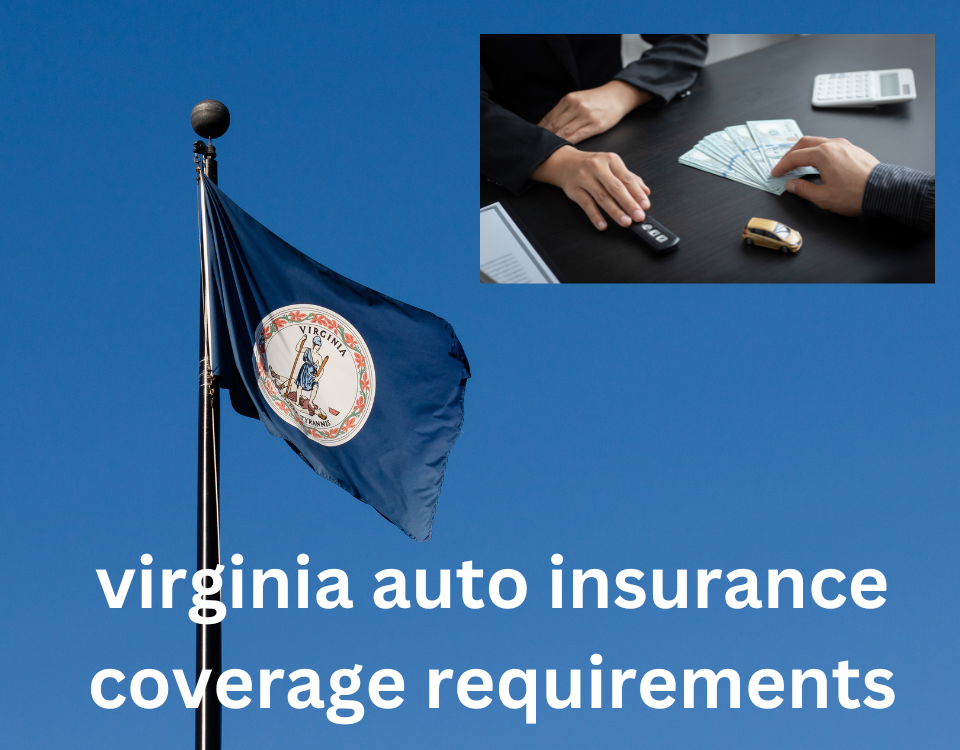when to drop collision insurance

young drivers face £3000 cost for car insurance
January 19, 2024
Is Lemonade a legitimate company?
January 27, 2024Table of Contents
ToggleWhen to drop collision insurance.
If you own a car and drive on public roads, you usually don’t have much choice when it comes to buying specific types of car insurance. Depending on your state, you’ll likely need a combination of liability car insurance, uninsured motorist coverage, and possibly personal injury protection.
Additionally, if you have a car loan or lease, you might want to consider collision and comprehensive insurance to cover repairs in case your vehicle is damaged due to events like accidents, fire, or floods.
As your car ages and loses value, you may question whether it’s time to let go of collision and comprehensive insurance. The old rule of thumb used to suggest dropping these coverages when the car was five or six years old or reached 100,000 miles. However, nowadays, the decision depends on your car’s value and replacement parts.
If your vehicle is fully paid off, there are a few instances where dropping collision coverage might make sense:
- If your car’s value is only a few thousand dollars, carrying collision coverage may not be cost-effective, especially with a high insurance deductible.
- If you rarely use your car or only drive occasionally.
- If your car isn’t worth much, and you’re paying more than 10 percent of its value in annual insurance costs.
Remember, the decision to drop collision insurance is personal and influenced by factors like your car’s value, driving habits, and financial situation.
It’s recommended to talk to your insurance agent before making any changes to your insurance policy to ensure you make an informed decision
What is collision insurance and what does it cover/not cover
Collision coverage is a type of car insurance that helps pay for repairs or replacements to your vehicle if it’s damaged in an accident, even if you’re at fault. While it’s not required by state law, if you’re leasing or financing your vehicle, you might need to have collision coverage. About 75% of insured drivers choose to have collision coverage.
What does collision insurance cover?
Collision insurance takes care of the costs to fix or replace your car after an accident. It covers accidents like:
- Those involving other vehicles that you cause.
- Collisions with objects like poles, trees, fences, or guardrails.
- Accidents where your car rolls over, even if it’s a single-vehicle accident.
- Damage from road hazards like potholes.
What is not covered by collision insurance?
Collision insurance doesn’t cover certain events, such as:
- Damage to another person’s vehicle.
- Medical expenses for you or others involved.
- Theft or vandalism.
- Collisions with animals like deer.
- Damage from weather conditions like hail, fire, or floods.
- Damage from fallen objects.
If you want coverage for these situations, you should consider getting comprehensive coverage. It’s often recommended to have both collision and comprehensive coverage.
How much does collision coverage cost?
The cost of collision coverage varies based on factors like your age, gender, marital status, driving record, and details about your vehicle and location. On average, TGS Insurance customers in Texas pay around $344.85 per year for collision coverage. However, costs can range from under $200 to over $500, showing how much it can vary.
Does collision coverage have a deductible?
Yes, collision coverage usually comes with a deductible, which is the amount you pay out of pocket each time you file a claim. Deductibles typically range from $500 to $1,500, with $500 being the most common.
Why should I buy collision coverage?
While not mandatory by state laws, if you’re leasing or financing your vehicle, your lender will likely require collision coverage. Even if your car is fully paid off, having collision coverage is a good idea if you can’t afford to repair or replace your vehicle after a serious accident.




